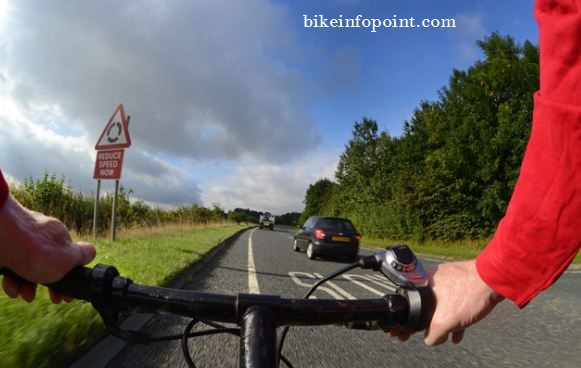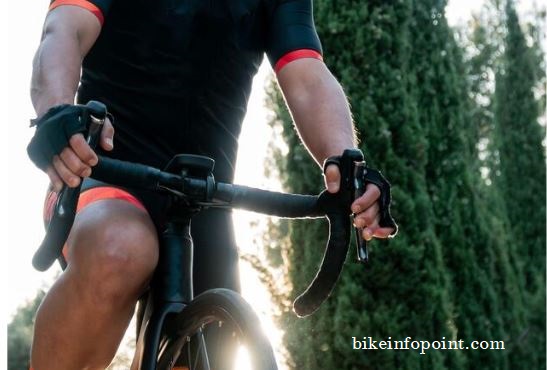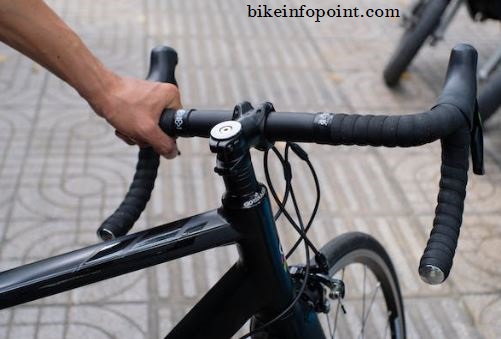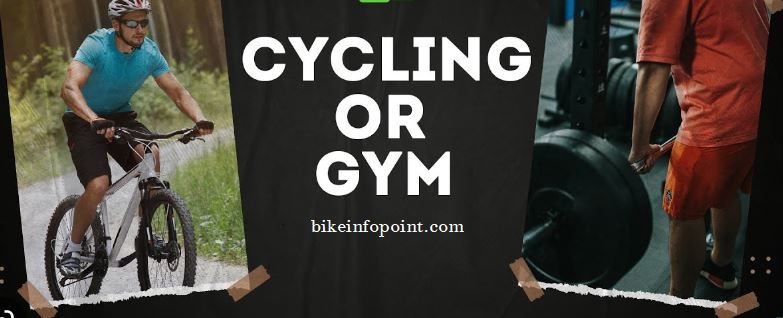
How to Hold Bike Handlebars
Proper handlebar positioning is crucial for a comfortable and safe ride on a bicycle. Handlebars are the main point of contact between the rider and the bike, and how they are held can affect not only comfort but also control and stability. Improper handlebar positioning can lead to hand and wrist pain, as well as fatigue and tension in the shoulders and back. Additionally, poor handlebar positioning can make it harder to steer and control the bike, increasing the risk of accidents.
It’s important to find a handlebar position that feels comfortable for the individual rider, as well as one that allows for good control and stability. This can be achieved by adjusting the height and angle of the handlebars, as well as the position of the hands on the bars. Experimenting with different positions and making small adjustments can help to find the most comfortable and effective position for the rider.
It’s also worth noting that different types of cycling (such as racing, touring or off-road cycling) may require slightly different handlebar positions, so it’s important to keep the type of riding in mind when adjusting handlebar position.
Table of Contents
ToggleBasic Handlebar Types

Flat Bars: Flat handlebars are the most common type of handlebar found on bicycles. They are characterized by their straight shape and lack of curves or drops. They are typically found on mountain bikes, hybrid bikes, and some road bikes. Flat handlebars are relatively easy to grip and provide a stable platform for the rider’s hands, making them a popular choice for casual and off-road riding.
Drop Bars: Drop handlebars are a type of handlebar commonly found on road bikes. These are characterized by their curved shape and the “drops” or “hooks” at the bottom of the bars. The drops provide multiple hand positions for the rider, including the tops, the hoods, and the drops. This allows for greater flexibility and can help to reduce hand and wrist fatigue during long rides. Drop handlebars also allow for a more aerodynamic riding position, which can be beneficial for racing or fast riding.
Both types of handlebars have their advantages and disadvantages, and the best option for a rider depends on the type of riding they plan to do, as well as their personal preferences. It’s important to try different types of handlebars to find the one that feels most comfortable and offers the best control for the rider.
Proper Hand Placement
Hands on top of the handlebars: This is the most basic and natural hand position for riding a bicycle. It’s often used for casual riding, commuting, and off-road cycling. In this position, the rider’s hands grip the handlebars directly, with the palms facing forward and the fingers wrapped around the bars. This position allows for good control of the bike and is relatively comfortable. But it can put more pressure on the hands and wrists, especially on longer rides.
Hands on brake hoods: This position is commonly used for road cycling and racing. In this position, the rider’s hands rest on the brake hoods, which are the rubber-covered levers located on the top of the drop handlebars. This position allows the rider to have more control over the brakes, as well as a better grip on the handlebars. It also allows the rider to maintain a more aerodynamic position, which can be beneficial for racing.
Hands on the drops: This is the most aggressive and aerodynamic hand position for road cycling. In this position, the rider’s hands grip the lower part of the drop handlebars, also known as the drops. This position allows for maximum control of the bike and can be beneficial for racing or fast riding. It also makes it harder to brake and shift gears.
It’s important to note that different hand positions can be used in different situations, depending on the type of riding, terrain, and personal preferences. Additionally, using different hand positions during a ride can help to reduce hand and wrist fatigue.
How to Install Bike Handlebar Stem
Proper Body Position
Sitting upright: This is the most basic and natural body position for riding a bicycle. In this position, the rider’s back is straight and the shoulders are relaxed. This position is most commonly used for casual riding, commuting, and off-road cycling. It allows for good visibility and control of the bike, and it’s relatively comfortable, especially for shorter rides. However, it can put more pressure on the hands and wrists, and it can also make the rider more susceptible to wind resistance.
Leaning forward: This position is commonly used for road cycling and racing. In this position, the rider’s back is slightly angled forward and the shoulders are slightly hunched. This position allows the rider to maintain a more aerodynamic position, which can be beneficial for racing or fast riding. It also allows the rider to have more control over the bike, as well as a better grip on the handlebars. However, it can be less comfortable than the sitting upright position and it can put more pressure on the hands and wrists.
Standing while climbing: This position is commonly used when cycling uphill. In this position, the rider stands up on the pedals to provide more power to the bike. This position allows the rider to use more muscle groups to power the bike, as well as to change body position for more comfort.
It’s important to note that different body positions can be used in different situations, depending on the type of riding, terrain, and personal preferences.
Adjusting Handlebar Height

How to raise or lower handlebars: Handlebar height can be adjusted by loosening the clamp bolts on the stem (the part of the bike that connects the handlebars to the fork) and repositioning the handlebars to the desired height. It’s important to make sure that the handlebars are securely fastened and properly aligned before riding. The process may vary depending on the type of bike and stem.
Importance of proper height for comfort and control: Having the handlebars set at the right height can have a big impact on the rider’s comfort and control while riding. A handlebar that is too low can put strain on the rider’s back and shoulders, while a handlebar that is too high can make it harder to control the bike. It’s important to find the right height that feels comfortable and allows for good control.
Factors that affect handlebar height: Handlebar height can be affected by factors such as the rider’s height, body proportions, and flexibility. It’s also important to take into account the type of riding that will be done, as different types of riding may require slightly different handlebar heights.
How to find the right height: To find the right handlebar height, the rider can try different positions and make small adjustments until they find a position that feels comfortable and allows for good control. A good starting point is to have the handlebars at the same height as the seat, but this can vary depending on the rider.
Handlebar height and bike fit: Handlebar height is an important part of bike fit, and it’s important to have the right height for a comfortable and efficient ride. A professional bike fitting can help to ensure that the handlebars are set at the right height, as well as to adjust other aspects of the bike to fit the rider’s body.
Holding bike handlebars correctly is essential for maintaining control and balance while riding.


